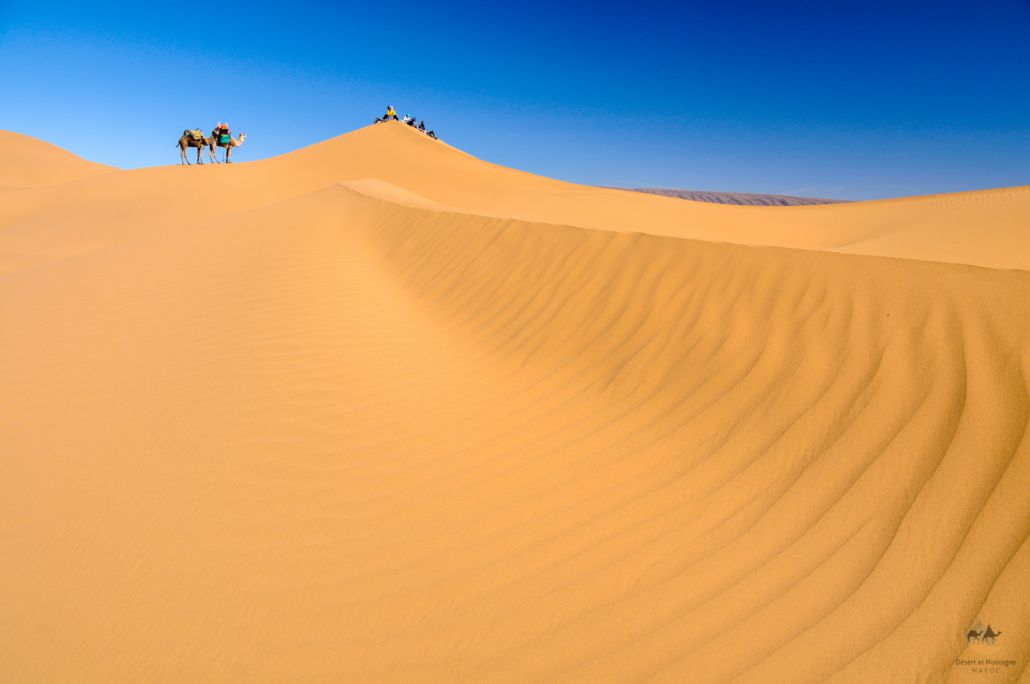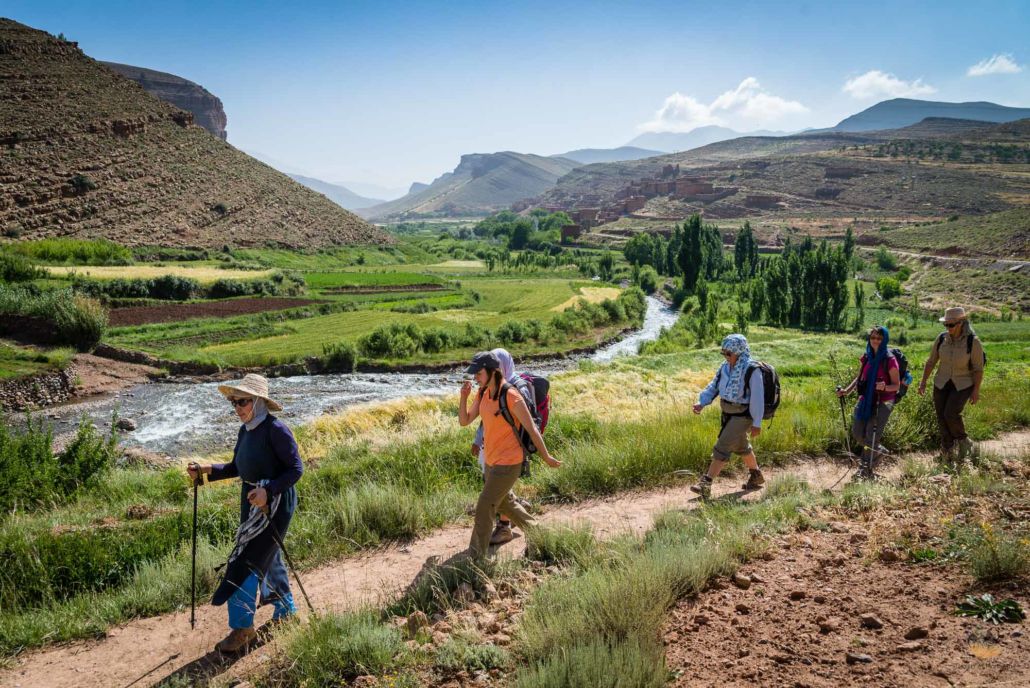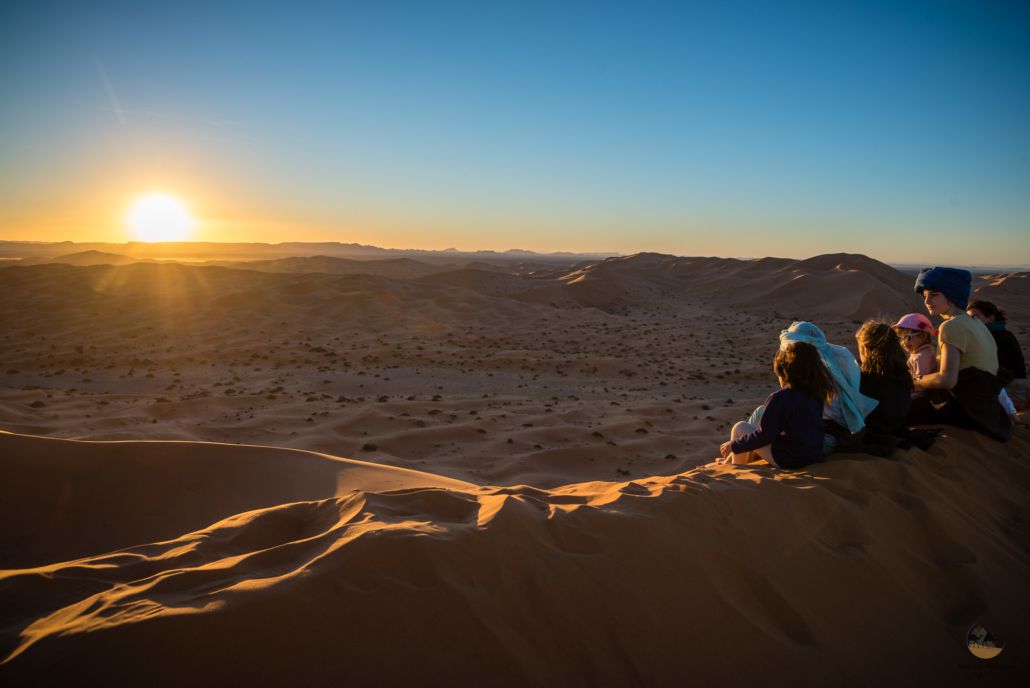Short or long stay, your stay at Dar Daïf will offer you many possibilities to discover and admire all the natural and cultural treasures of the South East region of Morocco.
Ouarzazate’s Lac
Located 500 m far from Dar daïf, the lake has existed since 1971 following the construction of the El Mansour Eddahbi dam which retains 500 million m3 of water on the course of Oued Drâa. A new landscape has been reconstructed from the old oases once fed by the rivers upstream. These natural spaces have now become places of refuge for a very diverse fauna, including many migratory birds which stop there on their seasonal itinerary and after crossing the desert.
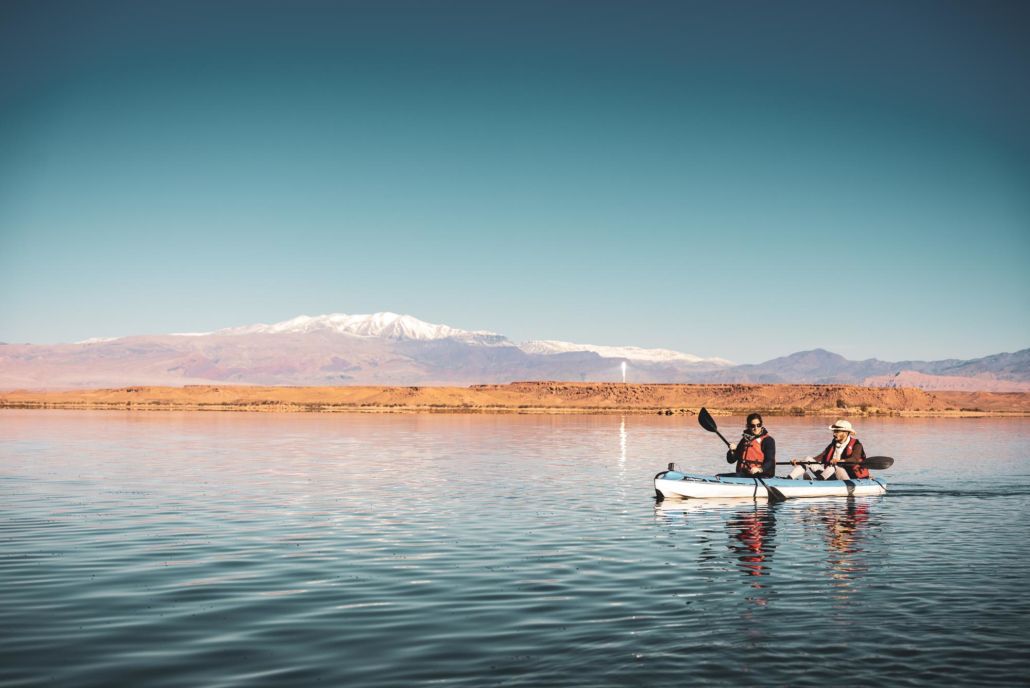
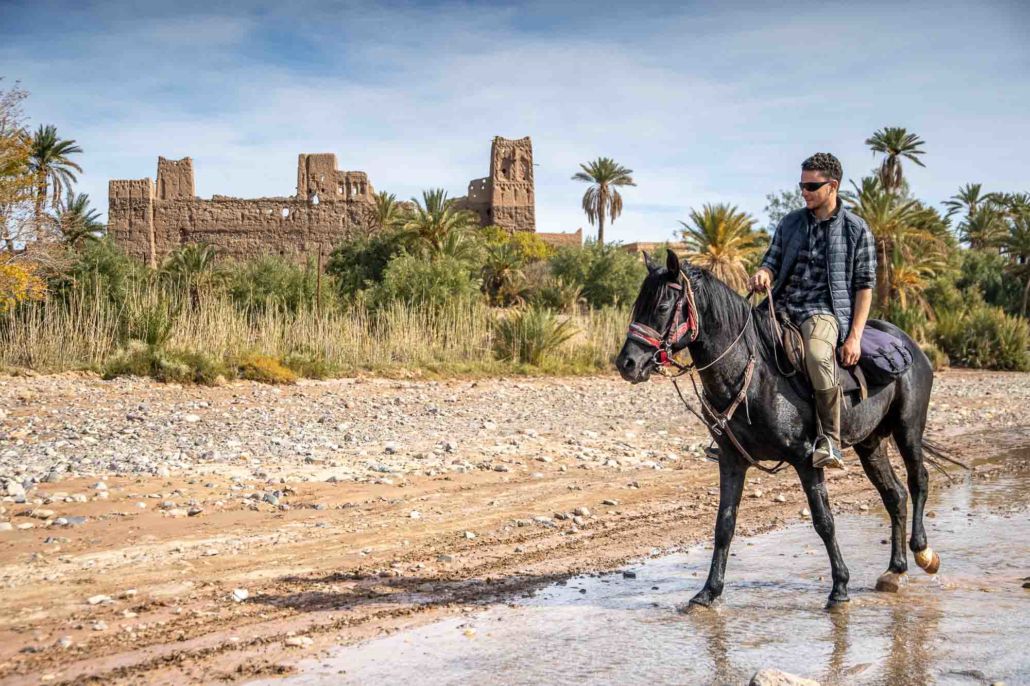
Skoura’s Oasis
The palm grove of Skoura represents the typical Oasisan space by definition. It is a place of isolated greenery in a dry environment and in which a population of diverse origins has assembled over time. In this lively place an economy was developed mainly based on an integrated agriculture, which people built according to the well-known superposition of cultures. The long palms trees, provide shade for the fruit ones. In the lower layer, which needs more shade, they plant greens like fodder and cereals. This agriculture is itself based on artificial irrigation of land and gardens. In fact, the Skoura palm oasis represents true ecological and cultural authenticity. The green gardens which embody the Marvelous Kasbahs are the product of the laborious genius of the populations who developed it generation after generation. Skoura is an island of greenery and life that reflects the history of the entire region of South East Morocco.
Fint’s Oasis
The oasis of Fint is the main oasis which edges Ouarzazate since the disappearance at the beginning of the 20th century of the large oasis which adjoined the douar of Taourirte, in the heart of the city. The origin of the name in Amazigh come from “N’fint” which literally means “hidden”. The oasis of Fint is populated by an entirely Amazigh community known for its hospitality. Its first inhabitants lived in cave dwellings. The old village built on the side of a rock overlooking the valley is now in ruins. As for the inhabited villages, they follow the winding river which sprinkles the plots of land cultivated by a modest farmers. The beauty of nature and the warmth of its people make the oasis of Fint a haven of peace which is worth visiting to enjoy long walks along the valley or laying down under the shade of palm trees.
Birds spotting
The Al Mansour Eddahbi lake, located 500 m from Dar Daïf, is fed by the waters of two valleys which source from high Atlas mountains. The lake feeds the Drâa river which winds its way along the Drâa valley , bringing the successive oases to life, then reaching the Atlantic Ocean. The surroundings of the lake constitute a refuge for migratory birds. More than 80 species come to spend the winter or nest around the Lac. Rare mammals in Morocco meet there like the fennec, the striped weasel of North Africa, the African wild cat, the common genet and the common otter. The lake is a unique and globally recognized spot for observing nature and birds in particular.
Hiking M’goun
After the oasis of Skoura and on the road which leads to the dunes of Merzouga, the Dades valley offers its visitors a diverse geography where the gorges encased between high mountainous reliefs allow beautiful natural gardens to flourish. Fruit trees, flowers, cereal crops, paths and streams, clearing and scattered rocks. All you need for a pleasurable hiking experience.
Ait Ben Haddou excursion
Discovering the architectural style of South East Morocco is an absolute must: the ksar of Aït Ben Haddou is a fortified village classified in 1987 World Heritage of Humanity by Unesco. Located nearly 30 km from Ouarzazate, this site is the living showcase of the memory of the entire region.
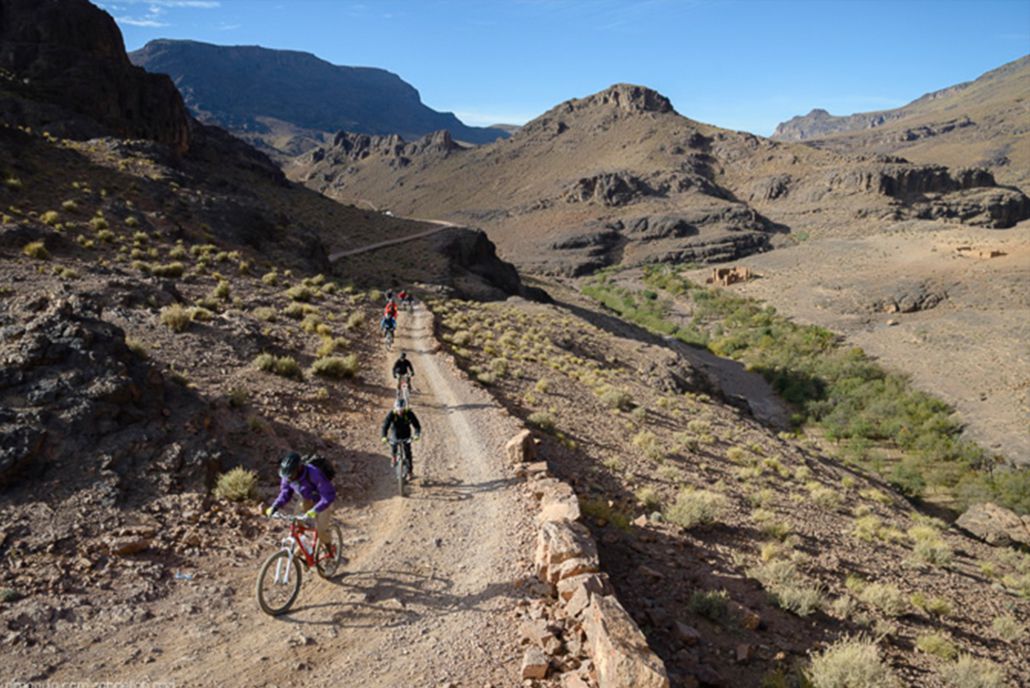
The Drâa valley
The Drâa valley is famous for its splendid palm groves which parade along the valley from Agdez to the dunes of M’hamid El Ghizlane, covering a route of approximately 220 Km and extending over a width of 18 km. The succession of Amazigh names of these palm groves, Mezguita, Tinzouline, Tarnata, Fazwata, Ktaoua and M’hamid, feature the discovery of a world apart, that of the oases, where the date palm is the providential tree that makes the region green yet arid and provides its people with food and commercial resources. The palm tree represents the essential element of the oasis space because it makes the gardens convenient for growing fruit trees like apricot trees, pomegranates, fig trees or cereals like wheat, barley, alfalfa, corn , as well as vegetables.
What to do in Ouarzazate?
You want to go even further!
Discover the upcoming adventures fromDésert et Montagne Maroc.
“Le plus beau voyage, c‘est celui qu’on n’a pas encore fait”
Loïck Peyron
Adress: Douar Talmasla, Tarmigt Ouarzazate
AP: BP 93, 45 000 Ouarzazate, Maroc
E-mail: dardaif@gmail.com
Phone: +212 661 576 405 | +212 661 629 127
+212 666 272 575
Fax: +212 524 854 948
GPS: 30° 54, 35’N 06° 52, 85’NW

